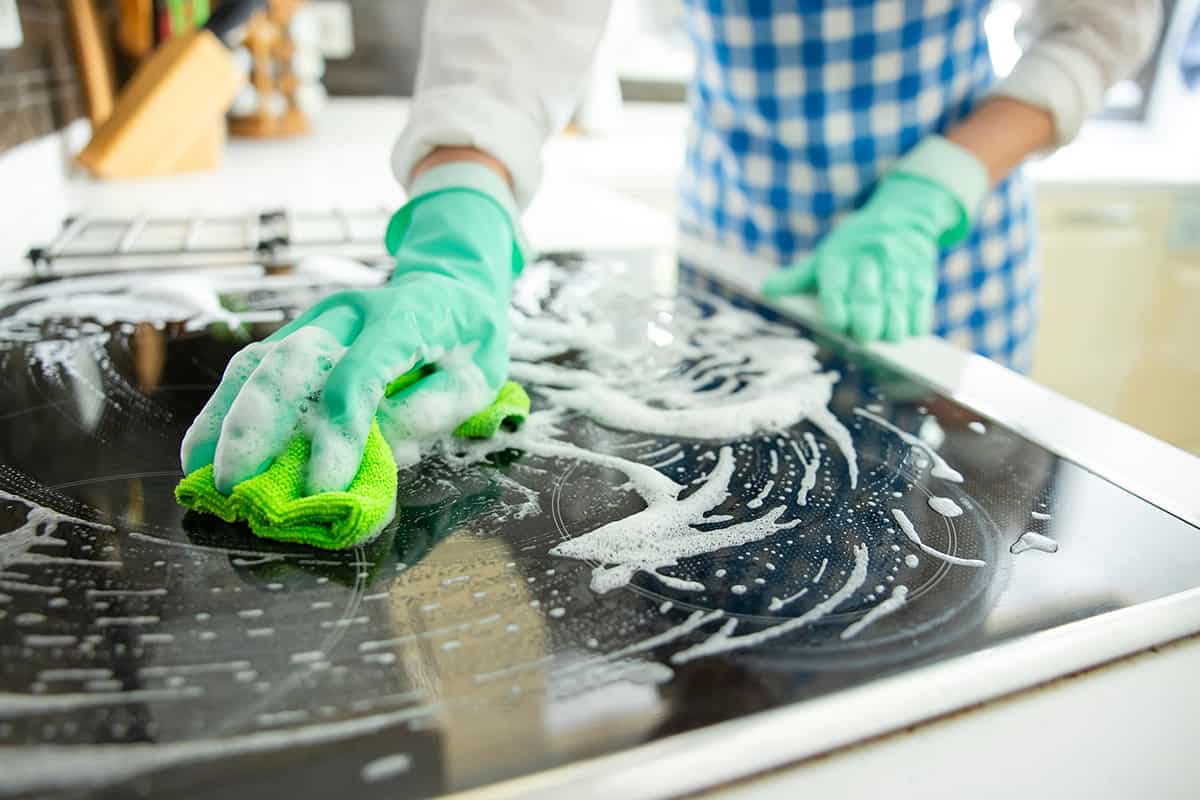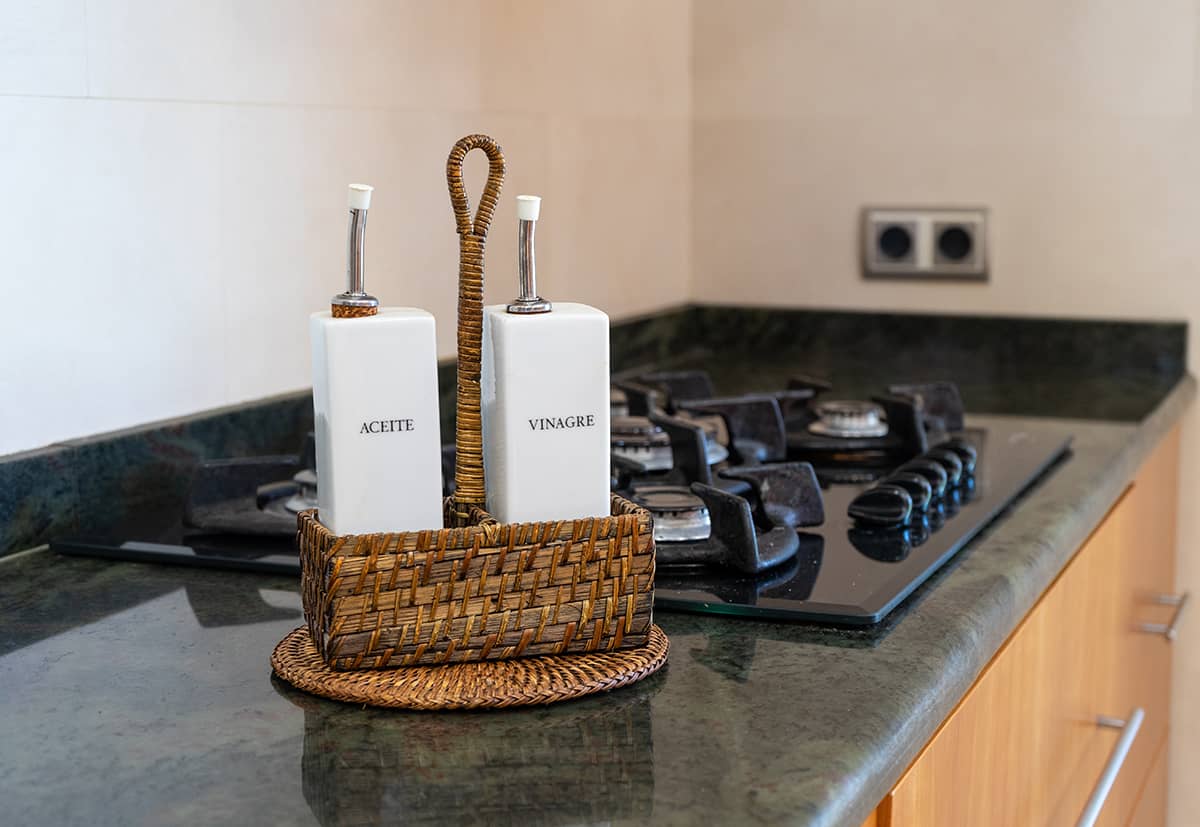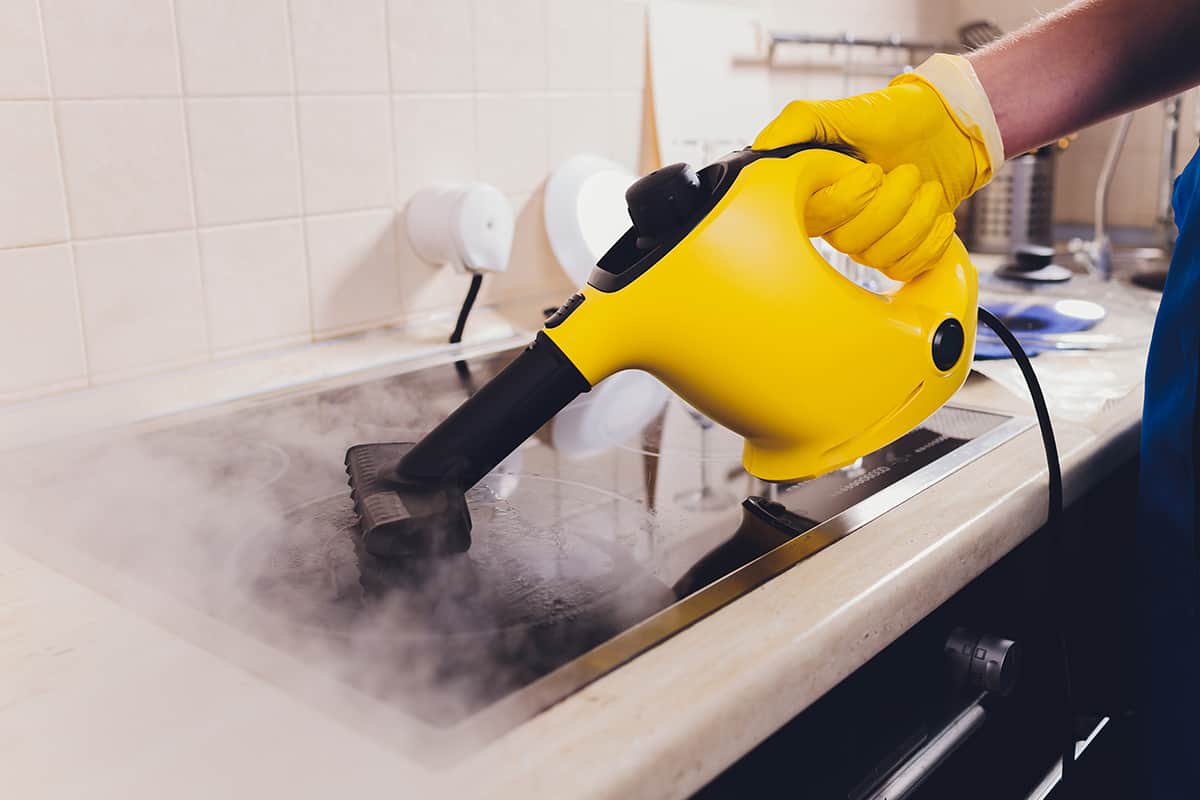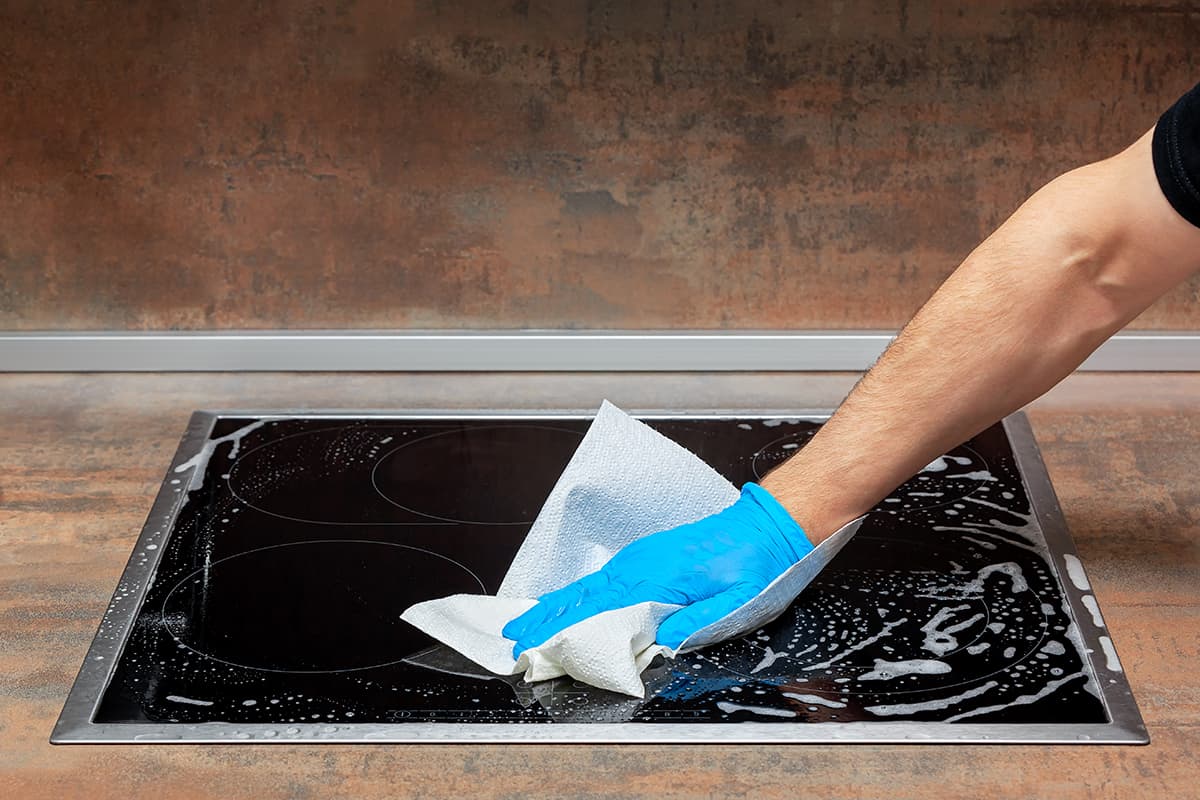Hardly anyone enjoys cooking, but everyone can agree that the worst part about kitchen experiments is cleaning up. And if your most recent experiment led to boil-overs or caked-on food particles on your stove, then you’ve got quite a bit of cleanup work ahead of you. But can you reduce your clean-up time by wiping your stove with Clorox wipes?
Yes, you can use Clorox wipes to clean your stove, regardless of whether it’s a gas or electric stove. Just follow the instructions on the container, and your stove should look and feel as good as new in under 15 minutes.
So, how do you use Clorox wipes to clean stoves, and which parts of your stove should you not wipe with them? I’ll address these questions and a lot more in the following sections.
What Are Clorox Wipes?
Clorox Disinfecting Wipes are wipes that you use to disinfect all kinds of surfaces. According to the official website, Clorox wipes will kill 99.9% of viruses and bacteria, including E. coli, salmonella, and even the COVID-19 virus.
These wipes come with a clear-colored cleaning solution that cleans and disinfects. Moments after wiping a surface, the solution will dry without leaving streaks. What separates Clorox Disinfecting Wipes from traditional paper towels or microfiber cloths is that it kills microorganisms upon contact rather than pushing and spreading germs all over the place.
Can You Clean the Stove with Clorox Wipes?
Yes, you can. If there’s an abundance of wet spills or dry debris on your stove, you can take out a few Clorox wipes sheets from the container to wipe down the stove’s surface.
Contrary to popular belief, Clorox wipes do not contain bleach. As such, it will not accelerate rusting of metal components, including the cast-iron grates of your gas burners or the metallic trim on electric and induction stoves.
However, you should know that Clorox wipes do not dissolve set-in stains. So, it will take a bit of elbow grease, as well as another cleaning solution, to get rid of old food remnants. That said, any leftover bacteria after scrubbing your stove will be thoroughly eliminated after using Clorox wipes.
How to Use Clorox Wipes to Clean Your Stove

Using Clorox wipes to clean a stove is pretty straightforward. If you’re used to wiping down flat surfaces with rags or paper towels, you should have no issue using these wipes in the same manner.
That said, cleaning a stove, especially one caked with months and months of grease and solid food remnants, isn’t as simple as wiping it down with slightly moist towels and hoping for the best. In this brief guide, I’ll explain how to use Clorox wipes to clean your stove as best as possible.
Before we get started, make sure you have the following supplies on hand:
- A razor blade
- Clean rags or paper towels
- Clorox disinfecting wipes
- Regular dish soap
- A bowl of water
- Turn the stove off and let it come down to room temperature. For induction stoves and glass-top electric stoves, let the stove cool down for 15 to 20 minutes before proceeding.
- Mix the regular dish soap into the bowl of water until it becomes frothy. Now, moisten the rag or paper towel in the soap solution before wiping down the stove. The goal is to remove as much of the grease and solid food debris as possible from the stove’s surface. That way, the Clorox solution will have an easier time cleaning your stove and not just mixing with layers of grit and grime.
- Using a clean rag or sheet of paper towel, wipe down the entire surface of the stove to remove as much of the moisture as possible. Then, allow the stove’s surface to dry completely. This should take anywhere from 5 to 10 minutes.
- Use a razor blade to shave off any caked-on debris on your stove. Hold the razor blade at a 30° angle in order to prevent it from shaving off the stove’s paint or finish. When you’ve gotten rid of all of the solid remnants, give the stove another wipe-down with a damp cloth and allow it to dry completely.
- When your stove is dry, wipe its entire surface with as many Clorox wipes as necessary.
- Leave the Clorox solution on your stove’s surface for 4 minutes. It will take some time for it to take effect.
And just like that, your stove should look and feel brand-new.
You shouldn’t wipe off the Clorox from your stove since it adds a protective coating that allegedly protects surfaces from bacteria for up to 24 hours.
Don’t worry about operating your stove with the Clorox on it. Clorox is not flammable, so the open flame of a gas burner shouldn’t cause it to catch fire. However, if any food drops on your stove, you shouldn’t put it back in your pot or pan—not that you should be doing that anyway.
Alternatives to Clorox Wipes for Cleaning Stoves
Even though Clorox wipes work like a charm for cleaning stoves, they’re not the only thing you can use. If you ran out of Clorox, or if you have an ungrounded mistrust of Clorox-related products, then consider using the following stove-cleaning alternatives.
Dish soap

Dish soap will get rid of grease and grime in the blink of an eye. You’ll need it to do a pre-wipe down of your stove anyway, so you might as well use it to deep-clean your stove. However, it doesn’t fare too well against caked-on bits of debris.
Vinegar or baking soda

Vinegar or baking soda, however, works incredibly well at getting rid of grease, solid food remnants, and odors. Just mix a 4:1 solution of water and vinegar before wiping it on your stove.
If you want to use baking soda, try making a 4:1 mix of baking soda and water to create a paste. Slather the paste on your stove, let it sit for 5 minutes, and wipe the paste off with a clean paper towel.
Steam cleaner

A steam cleaner, such as the McCulloch MC1275, can be used for a thousand different things, from cleaning tile grout to oven racks and even stoves. Just use a nozzle tool to shoot steam onto the surface of your stove and wipe away the residue with a clean cloth. However, you should be incredibly cautious of how much steam you use to clean electric and induction stoves.






